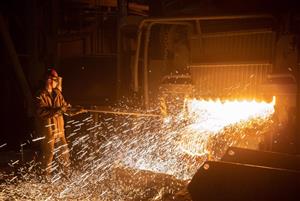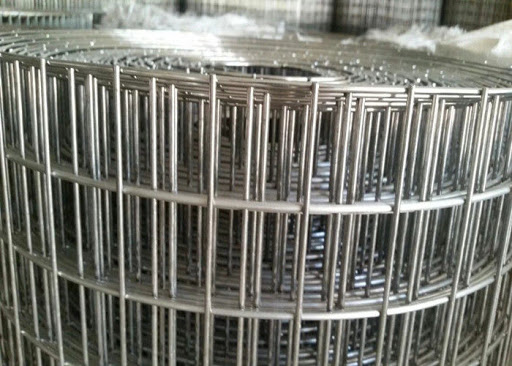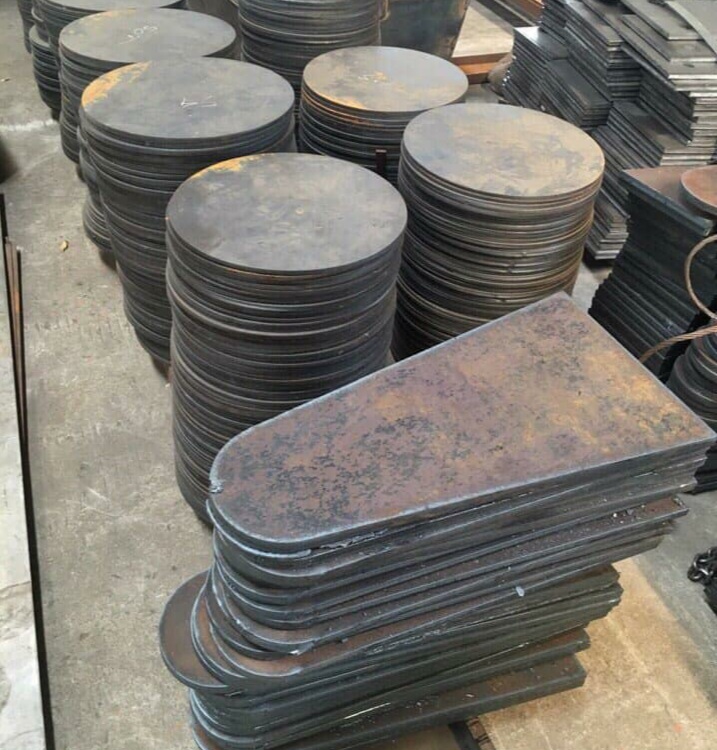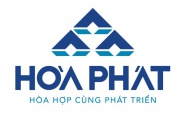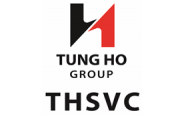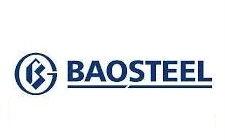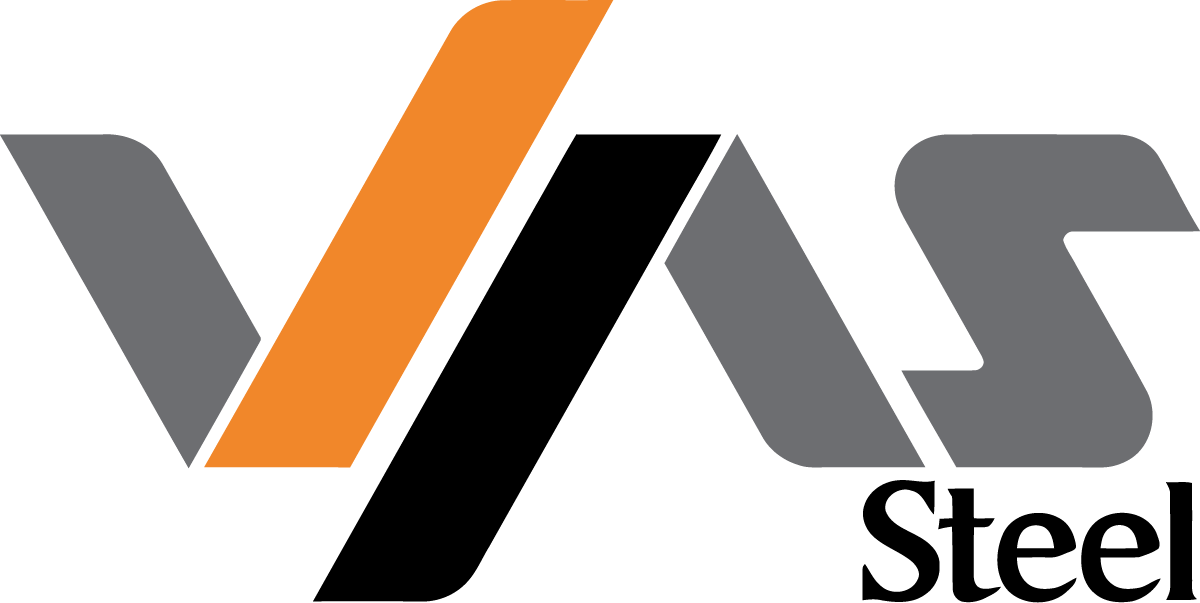In which, the biggest unknown is probably the Chinese steel industry.
What will happen in China will be the main driver of iron ore prices in the short to medium term. This is not surprising, given that China buys almost two-thirds of the world's seaborne iron ore, and produces half of the world's steel. Therefore, the movements of the iron ore market, especially in recent years, are always associated with the two words "China".
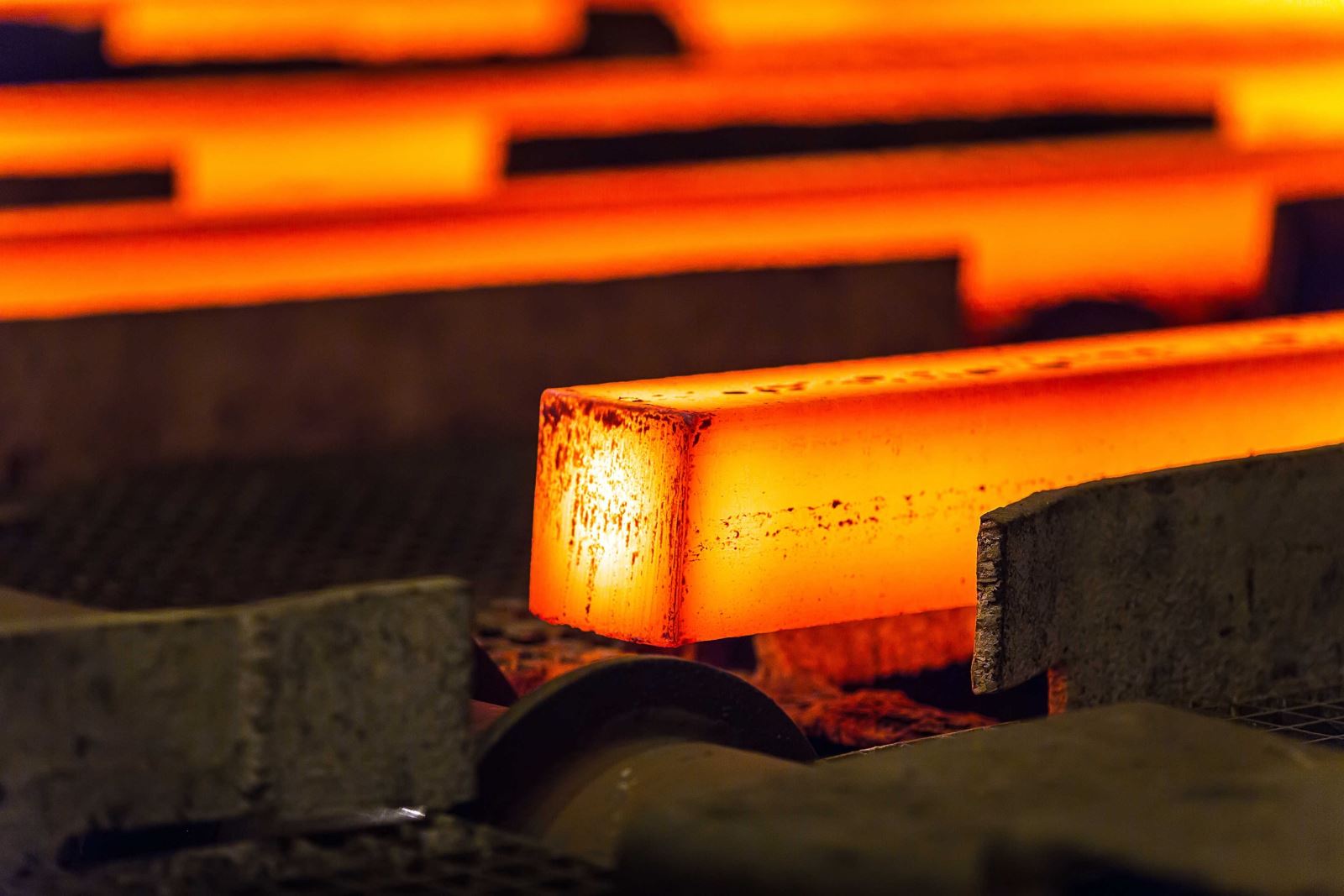
Meanwhile, what has received little attention is the state of supply, perhaps because this factor has generally been stable in recent years, and only really becomes a problem when there is a significant disruption. such as tornadoes at the world's top ore producer - Australia, or production problems related to the Covid-19 epidemic, or transportation difficulties in Brazil - the second largest supplier. world.
But dig into this a bit more. It seems likely that the best-case iron ore supply level will remain stable in the coming years, as key ore miners invest just enough to replace depleted mines rather than replenish them. add a lot of output, or only insignificantly.
That hasn't caused any problems until today. But the question is what will happen if global steel demand continues to grow at approximately the same rate as in recent decades?
Steel demand has grown at a similar rate to the growth of the global economy, and if the assumed annual world economic growth rate is 2.5%, steel consumption will more than double. in 2050.
Such long-range projections are always difficult because there are so many other factors that can influence how much iron ore the world needs.
Those factors include: The possibility that China's steel production will peak sometime this decade, and the increasing use of scrap by China and elsewhere in Asia. steel production.
But it is worth noting that in other industrialized countries, the time when steel production reaches a 'peak' is followed by a demand that usually declines slightly, not sharply.
Another factor is that there are still about two billion people living in countries in Asia, where the scale of industrialization lags behind China. These people are likely to need to drive steel demand in the coming decades.
The lack of investment in adding iron ore capacity was one of the themes at the Global Iron Ore and Steel Forecast Conference in Perth this past week.
At the conference, Paul Mctaggart, Citi's lead metals and mining analyst, said that the iron ore industry needs to add new capacity equivalent to at least 100 million tons per year just to replace depleted mines.
While the major mining companies in Australia, such as Rio Tinto, BHP Group and FortesCue Group, all have significant investment plans and are developing new, yet productive mines from these investments. in the coming years will not be significant, so the output in general will remain stable at not far from the current level.
Maybe those iron ore giants are reacting to shareholders' requests when prices are currently high, or perhaps they are still obsessed with the period from about 2011 to 2017, when there is too much new production capacity coming into operation, causing iron ore prices to fall deeply for a very long time.
Nor does it rule out the possibility that they are skeptical about how much steel will be needed to build and how much steel may be needed to build renewable energy solutions, following current global trends.
Whatever the reason, there are signs that there won't be enough iron ore to meet rising demand from Asian countries as well as for steel-intensive renewables like turbines. wind and grid in the renewable energy generation system.
The policy to limit carbon emissions is also another factor of uncertainty that iron ore producers are facing. The process of turning iron ore into raw steel requires a lot of energy, which is mainly provided by coke.
One way to reduce the amount of coal required to produce each tonne of crude steel is to use premium iron ore, and this will likely cause the iron ore market to split into two different demand growth rates, where High grade ore will have stronger demand increase.
If there is a looming risk of a supply shortage, it may be necessary to take advantage of low-quality iron ore. Paradoxically, however, that ore needs to be used sparingly because it requires more energy to convert to steel, and may have to include the cost of carbon emissions, assuming China and others extend carbon pricing to industrial processes.
Reducing carbon emissions could also change the way iron ingots are turned into steel, with the ability to use hydrogen to make direct reduced iron (DRI), also known as spongy iron, and then turn it into steel. steel in an electric arc furnace.
This will not eliminate carbon emissions in the steelmaking process, but will help lower it. Again, this approach also favors high-grade iron ore, meaning miners may have to invest in facilities to take advantage of low-quality iron ore, then make that ore standard. more relevant to a world trying to limit carbon emissions.
The problem is that investing in the addition and upgrading of iron ore mining capacity takes a very long time, and even if miners invest now, the products they produce may not be. timely supply at the right time the market needs.
Country
 English
English  Vietnamese
Vietnamese
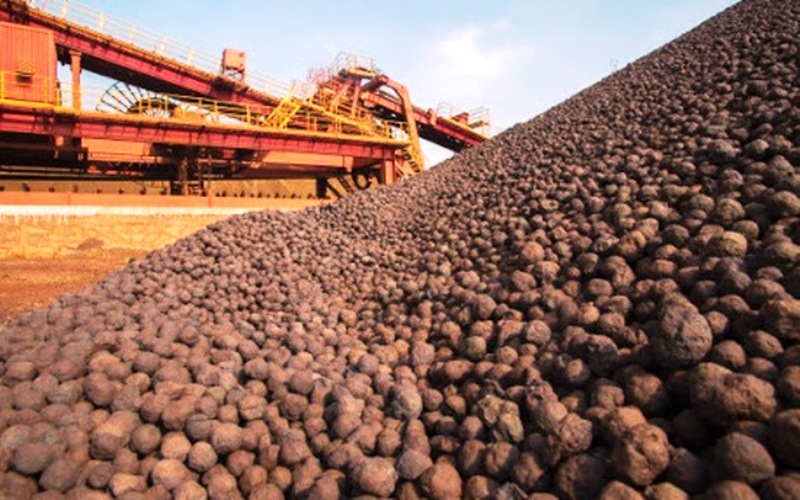


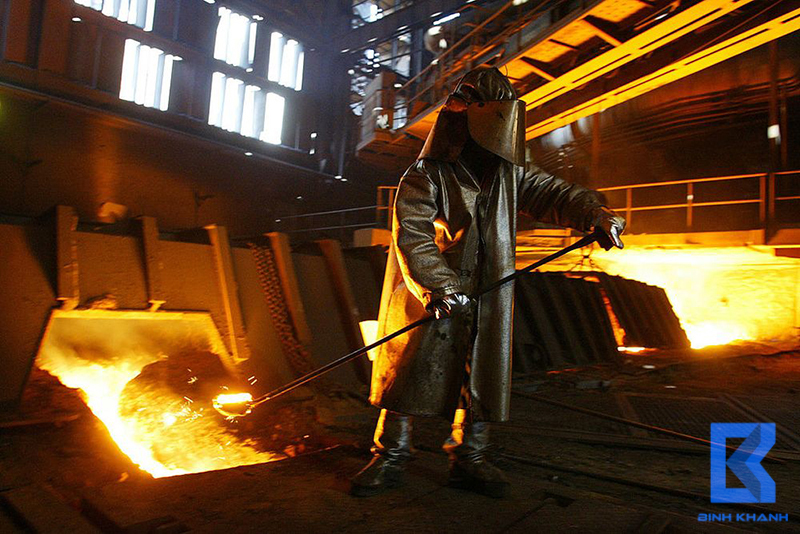



w300.jpg)
